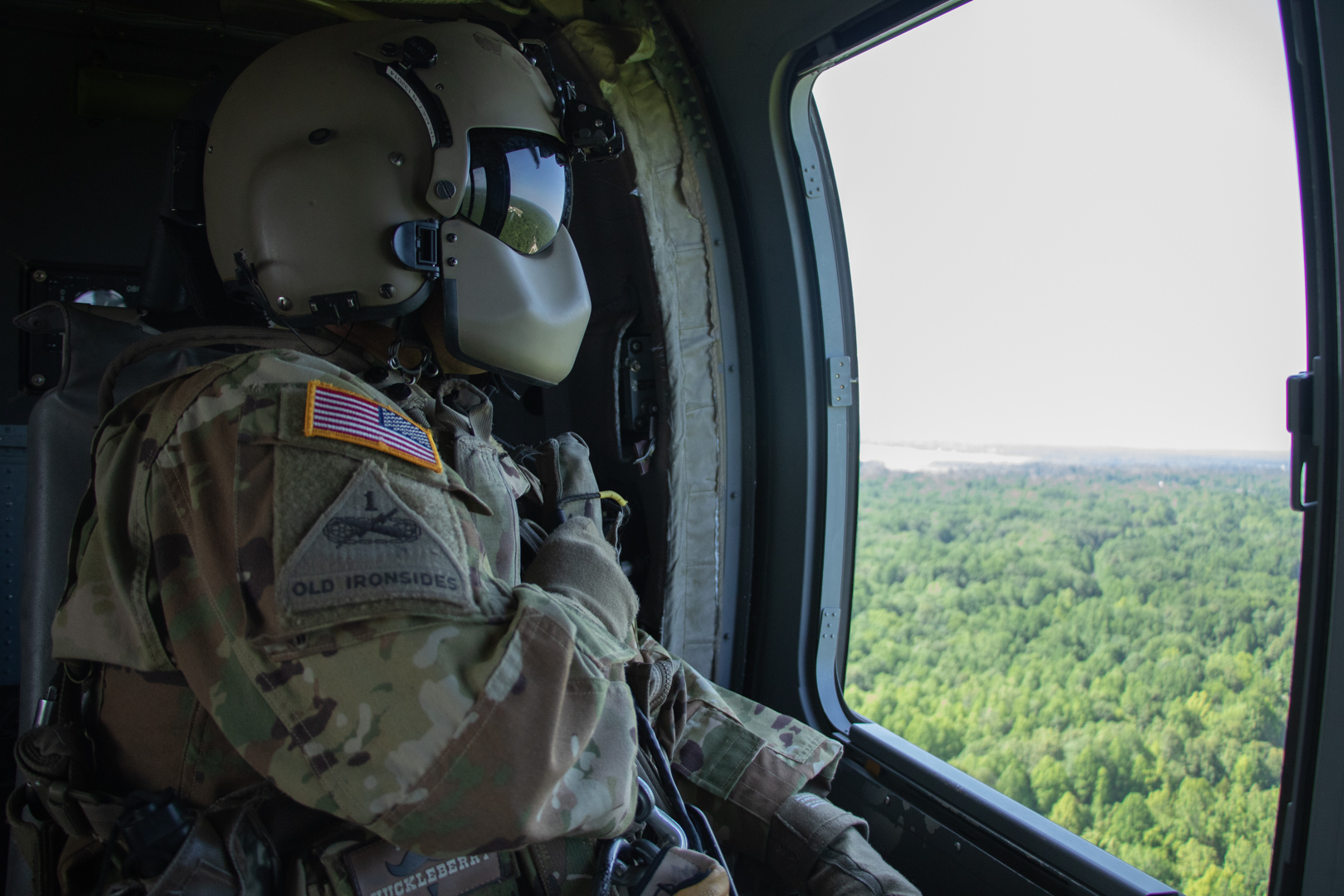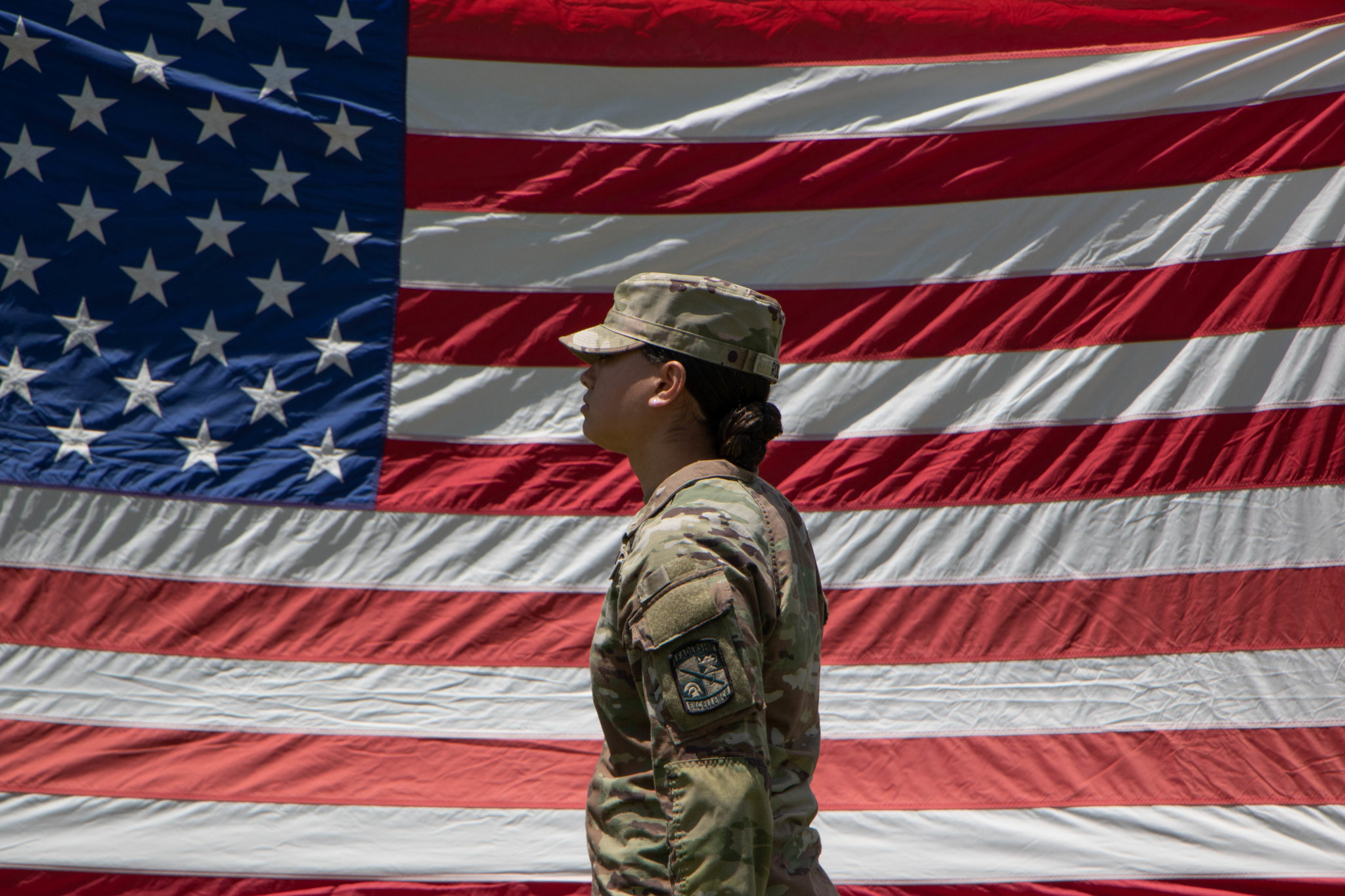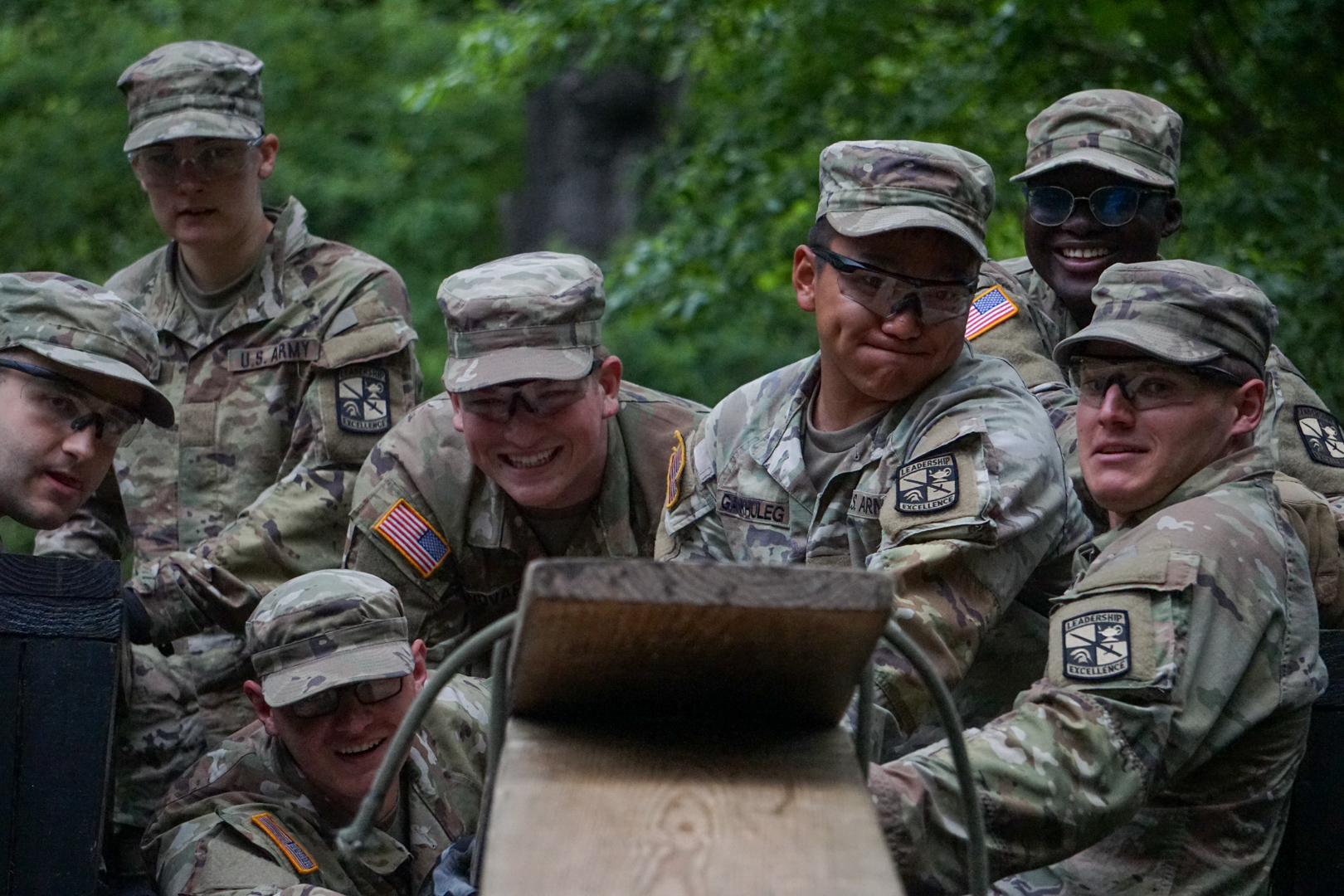If you’ve seen Cadets with a colored bead on one of their boots, it probably wasn’t there for camaraderie reasons. In the Army, beads on boots is an indication of a medical issue the soldier or Cadet might have. These beads are used to alert Cadets and soldiers to pay attention to their battle buddy to make sure they’re doing what they need to do to remain healthy.

Sgt. Miguel Flores from the 1st Cavalry Division out of Fort Hood, TX serves as a medic here at Cadet Summer Training. Flores says the colorful beads are helpful to him and the rest of the medics here on Fort Knox.
“It allows you to identify who you need to watch after, especially now that we’re starting to get into the hot months, triple digits. When I see someone with red beads I’m checking to make sure they’re sweating,” Flores said. “I want them to sweat. I want them to keep drinking water. If I notice that they’re not sweating or they’re starting to act a little off that’s when I can step in, pull them aside, say, ‘Hey what’s going on? Have you been doing x, y, z?’ and render the proper aid when necessary.”
Cadet Randy Oliver, from the University of Puerto Rico-Río Piedras Campus in San Juan, Puerto Rico, is among the group of Cadets who wears a red bead.
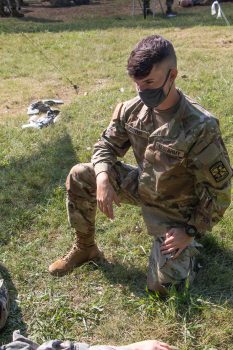
“Back in Puerto Rico, while I was doing a FTX, it was very hot. Unfortunately I wasn’t hydrating enough and after two days in the field, well, I had a heat cat,” Oliver said. “Knowing this makes me want to hydrate more, eat all my food at the DFAC, the MREs, which is very important to keep the salts and the water balanced so you don’t have a heat cat.”
Cadets wear different beads on their boots to denote different medical issues the medics and cadre should be made aware of. The color of the beads, what they mean and what foot they’re worn on changes based on their school’s standard operating procedure.
Cadet Savannah Hampton, from Princeton University, wears a white bead to symbolize her vaccination status.
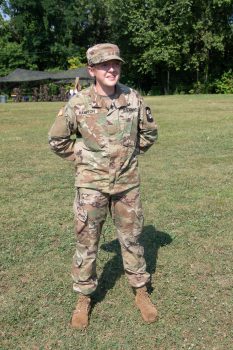
“The bead that’s on my right boot it symbolizes that I was vaccinated because I went to Army Air Assault School at Fort Benning last month and I haven’t removed it yet,” Hampton said.
Although getting vaccinated wasn’t a requirement to attend Air Assault School, Hampton said she wanted to do her part to keep her battle buddies and classmates safe.
According to Flores, these types of medical indicators are nothing new.
“When I went through basic we didn’t use beads, we used tape. We would tape up our straps off of our backpacks with certain identifiers so red would be a prior heat casualty, meaning they’re more susceptible to heat injuries, heat exhaustion, heat stroke,” Flores said. “I think yellow was identified as having allergies. Different places have different sops, but I know for a fact that red is typically an indicator that they’re prior heat casualties.”

